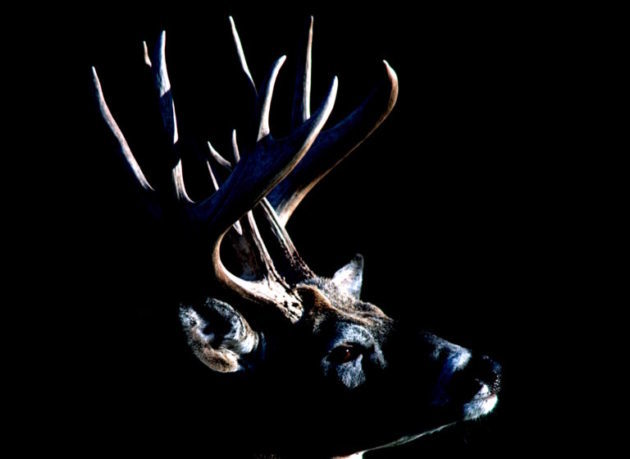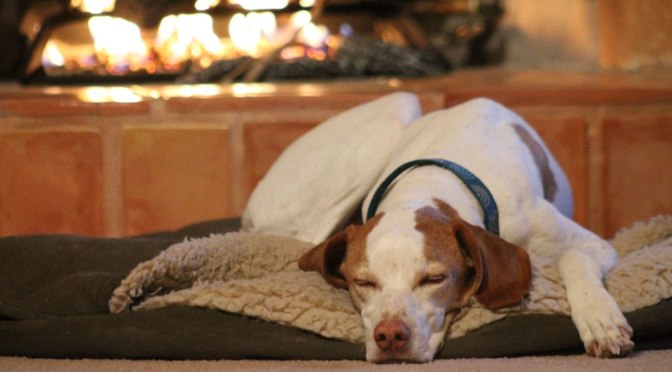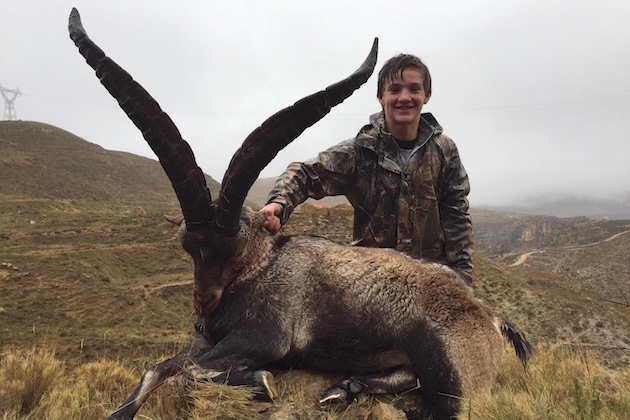The “culling bucks” myth has become a near-religion in recent years, but here are seven reasons why culling is largely useless.
Culling bucks doesn’t work. Shooting “cull bucks” to improve the antler configuration in a wild herd of whitetails, elk, or mule deer is a popular exercise—but a waste of time. A better way to produce bucks and bulls with big antlers is to not shoot young bucks, regardless of antler size.
Top 7 Reasons Why Culling Bucks Doesn’t Work
1. Female deer contribute at least 50 percent to the genetics of any fawn. How do you identify and cull the does that birth male fawns that will only show their inferior antlers three or four years later?
2. During sport hunting seasons buck/bull harvest may impact ten percent to perhaps 25 percent of the male segment of a herd, leaving at least 75 percent of bucks untouched. How many of that 75 percent carry (and spread) genes for inferior antlers?
3. During many firearms seasons, when the bulk of buck harvest occurs in most states, much of the annual breeding is already done. Weak-antlered buck genetics have already been passed on.
4. Among most deer species, ten to 30 percent of young bucks disperse into new ranges. What is to stop inferior antler genes from moving into your cull zone?
5. How many other hunters in your area are religiously culling bucks? Even if every licensed hunter took out a cull buck with weak antlers, that would still leave about 74 percent of the buck population untouched.
6. Each fall about 50 percent of surviving fawns are bucks. They are carrying whatever genes their sire and dam gave them. They will be breeding for the next two or three years before they begin to show whether their antlers are inferior or superior, according to our standards.
7. How accurately do hunters age bucks before shooting? A buck really doesn’t show its true antler-growth potential until it is fully mature. Culling bucks when they’re just 2 or 3 years old (because their antlers look inferior) is like shooting pheasants before they can fly.
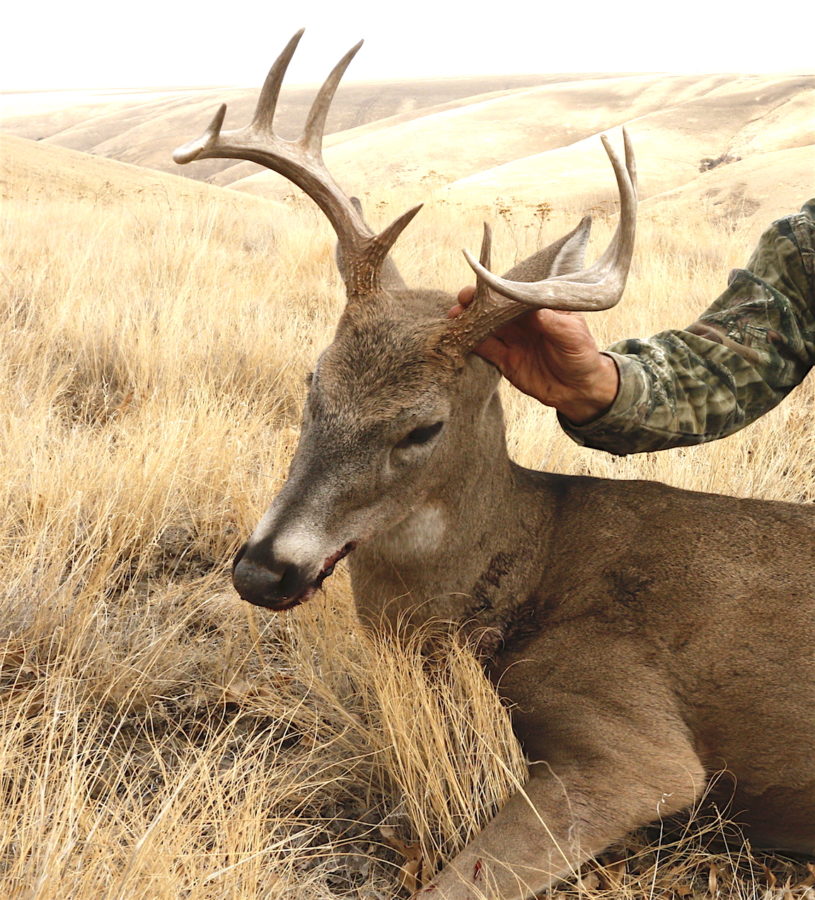
This buck might have had the genetics to grow large antlers, but taking him to dinner at age 2.5 guaranteed we’d never find out.
Much as I wish it were otherwise, culling bucks in the wild is a waste of time. So let’s concentrate, instead, on a management tool already proven to improve the average antler size of harvested bucks in wild herds.
An Effective Alternative to Culling Bucks
Antler shape and size are products of genetics, health, nutrition, minerals, and age. Of these five, age is the “missing link” in most hunting zones. More than genetics, age contributes to the kind of heavy antlers many whitetail hunters want to see. Biological studies have repeatedly shown that bucks under the age of 4½ years have not and cannot grow their largest antlers. Until age 4½ they are still growing their bones and muscle mass. Only when body growth is largely finished can they devote nutritional resources to maximum antler growth.
Even young deer with spikes or puny 4×4 racks may have the potential to grow massive, tall, wide antlers at age 4½ and beyond. So don’t shoot the young ones. There is no guarantee any 4½-year-old or older buck will grow trophy antlers, but it will have at least reached its potential. At that point, with adequate nutrition, minerals, and good health, a buck’s genetics will be revealed; it will likely grow a similar rack for the rest of its life. This might be a narrow 3×3 with long tines, a wide 4×3 with short tines, or a 4×5 with no brow tines . . . This mature buck’s genetics mark him as the type you might want culled from the herd. Go ahead and take him out.
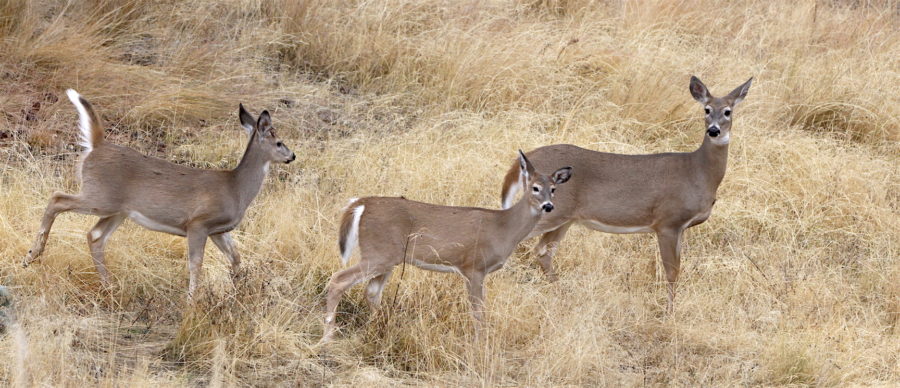
What size antlers will this doe’s buck fawn (left) eventually grow? It will need at least four more years to determine, and even then we won’t know if the genetic component was from the doe or the buck that bred her.
But don’t fool yourself. His poor antler potential could have been bequeathed to him by his mother, and she could be that big doe with the torn left ear you see in the northeast corner of the hayfield with twin fawns most summer nights. And don’t forget, by age 4 your 3×3 cull buck has probably already bred eight or ten does and passed on his genetic legacy.
Instead of clinging to our myth of culling bucks, we should only shoot mature bucks and bulls if we are interested in large antlers. If we just want venison, never mind. Stated simply, the easiest and most effective way to increase the number of bucks with larger antlers in our wild deer herds is: Don’t shoot young deer with more potential than antlers.
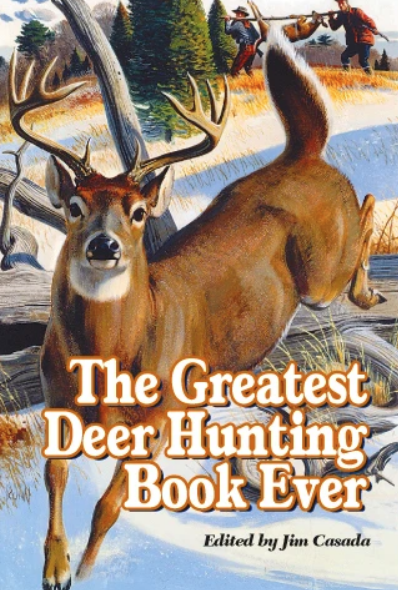 There’s something about the deer-hunting experience, indefinable yet undeniable, which lends itself to the telling of exciting tales. This book offers abundant examples of the manner in which the quest for whitetails extends beyond the field to the comfort of the fireside. It includes more than 40 sagas which stir the soul, tickle the funny bone, or transport the reader to scenes of grandeur and moments of glory.
There’s something about the deer-hunting experience, indefinable yet undeniable, which lends itself to the telling of exciting tales. This book offers abundant examples of the manner in which the quest for whitetails extends beyond the field to the comfort of the fireside. It includes more than 40 sagas which stir the soul, tickle the funny bone, or transport the reader to scenes of grandeur and moments of glory.
On these pages is a stellar lineup featuring some of the greatest names in American sporting letters. There’s Nobel and Pulitzer prize-winning William Faulkner, the incomparable Robert Ruark in company with his “Old Man,” Archibald Rutledge, perhaps our most prolific teller of whitetail tales, genial Gene Hill, legendary Jack O’Connor, Gordon MacQuarrie and many others.
Altogether, these carefully chosen selections from the finest writings of a panoply of sporting scribes open wide the door to reading wonder. As you read their works you’ll chuckle, feel a catch in your throat or a tear in your eye, and venture vicariously afield with men and women who instinctively know how to take readers to the setting of their story. Buy Now

